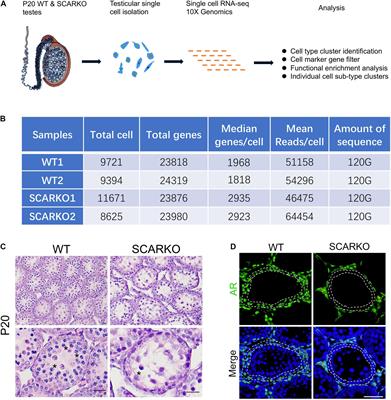REVIEW
Published on 16 Jun 2022
Cas-Based Systems for RNA Editing in Gene Therapy of Monogenic Diseases: In Vitro and in Vivo Application and Translational Potential
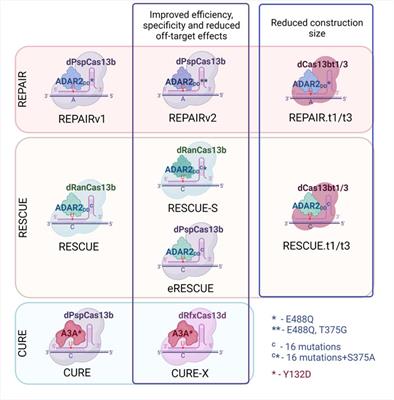
doi 10.3389/fcell.2022.903812
- 3,432 views
- 3 citations
12k
Total downloads
50k
Total views and downloads
REVIEW
Published on 16 Jun 2022

BRIEF RESEARCH REPORT
Published on 31 May 2022
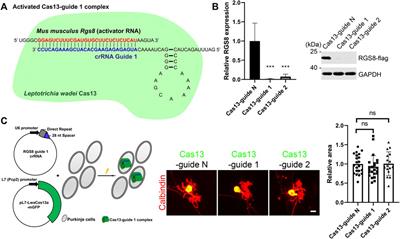
ORIGINAL RESEARCH
Published on 04 Apr 2022
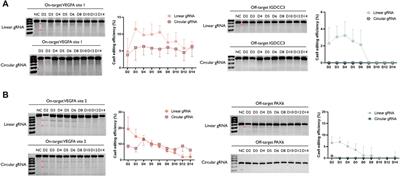
REVIEW
Published on 31 Mar 2022
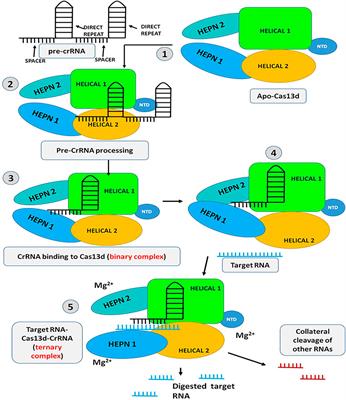
REVIEW
Published on 09 Mar 2022
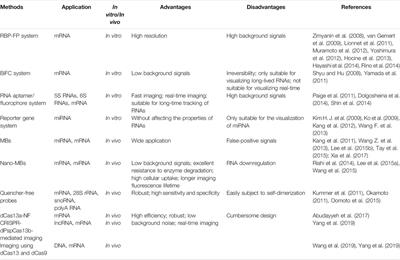
ORIGINAL RESEARCH
Published on 09 Dec 2021
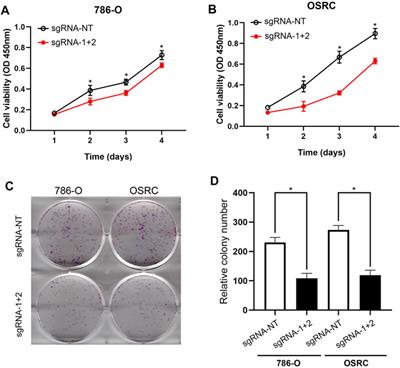
ORIGINAL RESEARCH
Published on 15 Nov 2021
